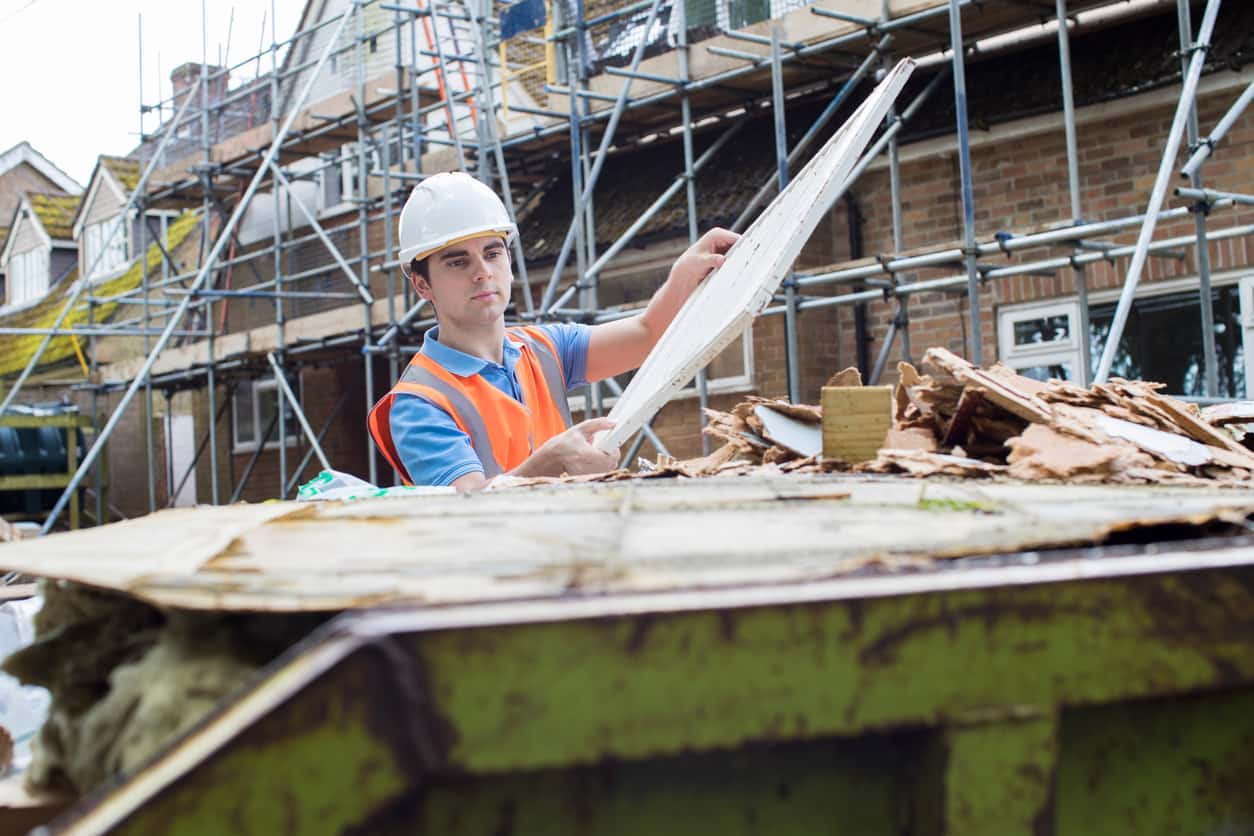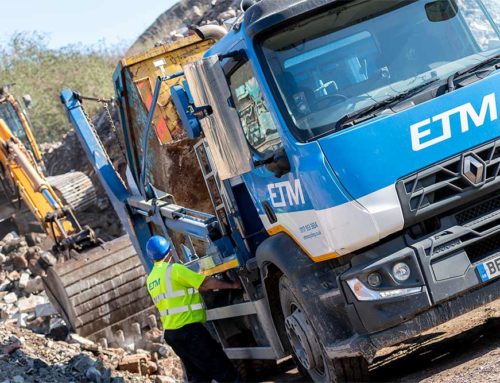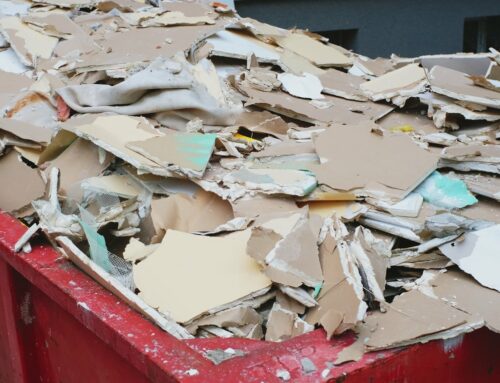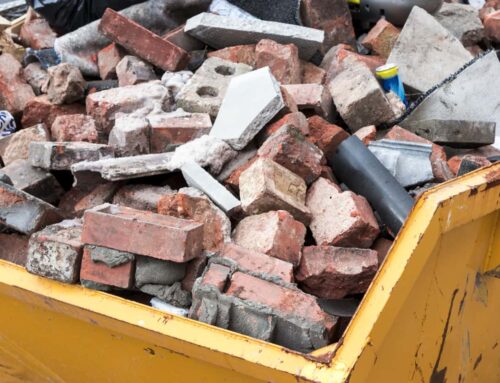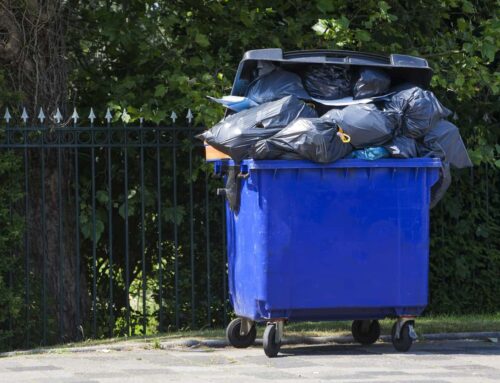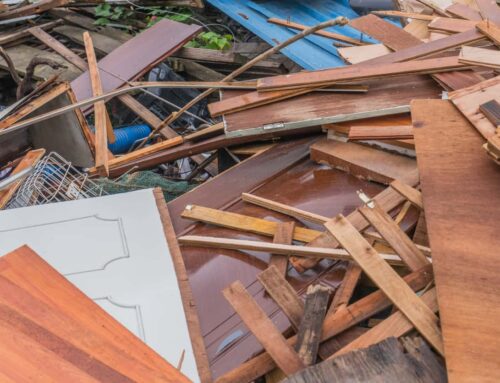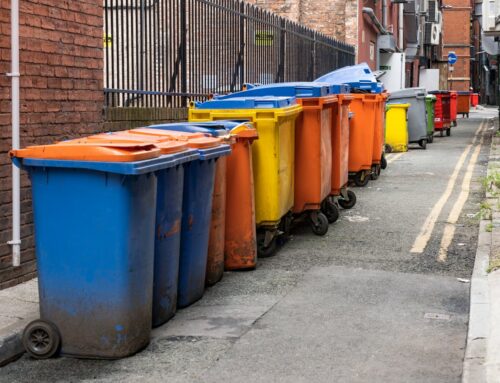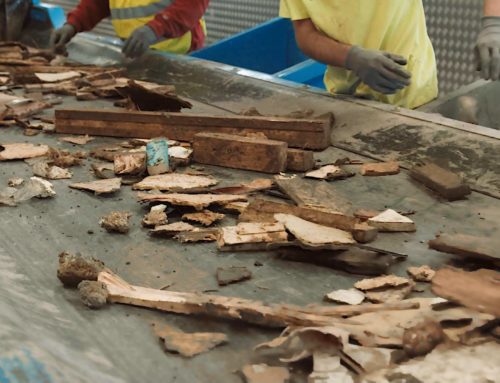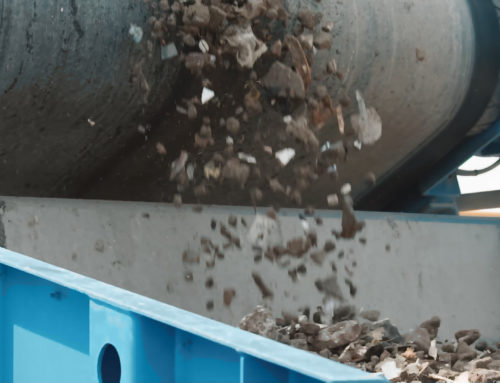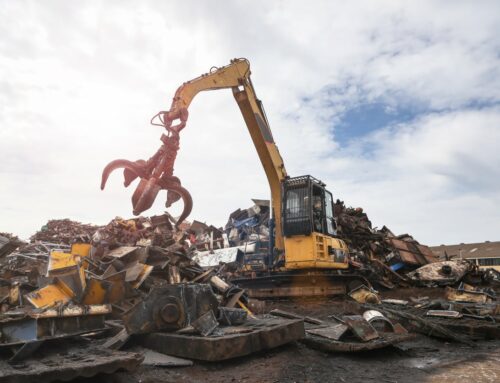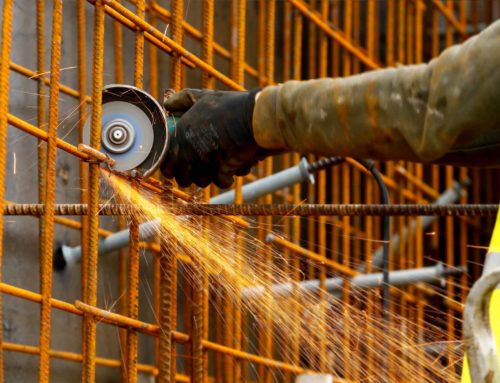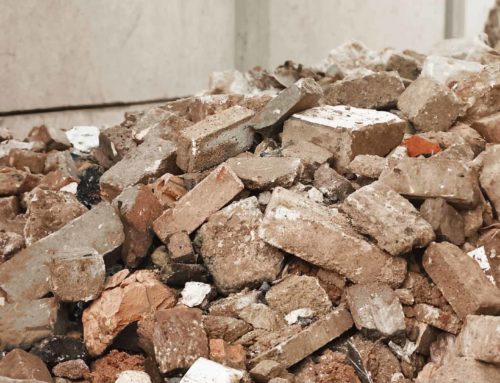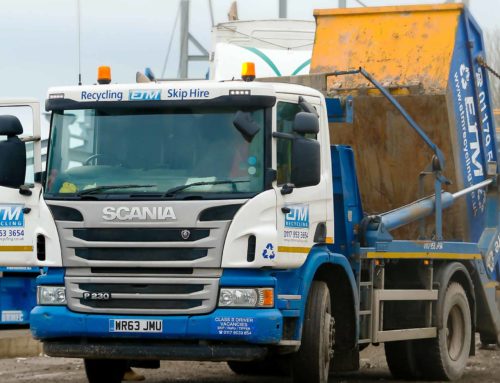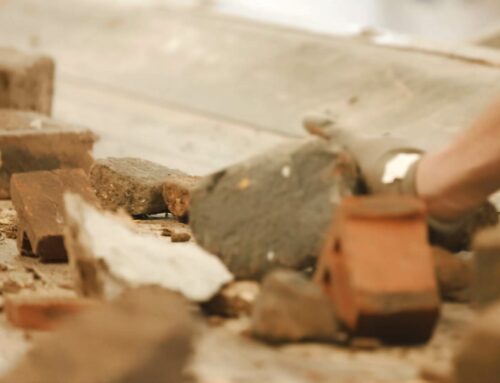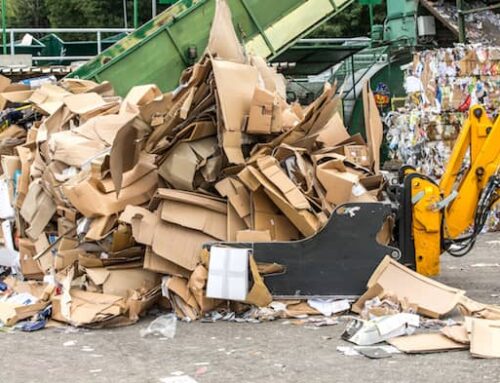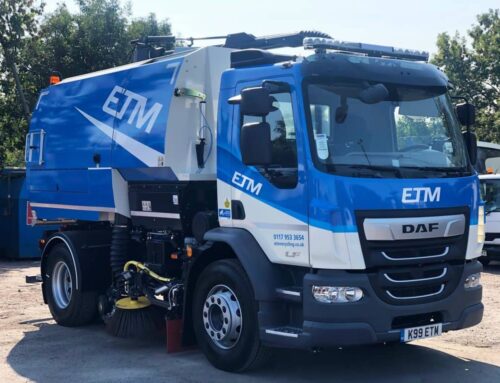Starting a home makeover project involves many necessary steps. One essential part which people sometimes need to remember is handling waste well. It’s crucial to manage the mess and leftover materials from the work for a clean and eco-friendly renovation, and a builder’s skip is a big help. Using a builder’s skip, usually 6 yards or more, is not just a good idea, but a must for good costing, ample waste storage, and safety for yourself and the environment during your project.
ETM Recycling, serving Bristol and Bath since 2010, offers builder’s skips for easy waste management. Our efficient trucks quickly deliver and collect skips, making construction smoother. We’re known for our affordable, dependable service. Our dedicated family team ensures a hassle-free experience. Need a skip for your building project? Choose ETM Recycling. Call us for friendly advice and to discover more about our services.
Understanding Different Skip Sizes
Knowing which skip size to choose is key. Here are the different sizes and what they’re used for:
- Small Skips (2-3 Yards): These are the smallest skips you can get. They’re great for minor jobs like cleaning a small garden or removing waste from one room. They fit easily in most driveways but can’t take big or heavy things.
- Medium Skips (4 Yards): These are a bit bigger and are used for small home projects or minute changes to your house. They can hold as many as 30-40 rubbish bags. But, if you’re doing a big home makeover, they might not be enough, and you might need to rent more than one, which can cost more.
- Builder’s Skips (6-8 Yards): Perfect for home or building renovation construction projects, these skips are strong and can hold different kinds of waste, like bricks, soil, and concrete. They are a good size and easy to use.
- Maxi Skips (10-16 Yards): Best for extensive building work and not usually needed for standard building improvements. They can take a lot of waste but are often too large for regular homes and can cost more.
Picking the Right Skip Size for Your Work
When choosing a skip size, think about these important points:
- Size of Your Project: Look at how extensive your work is. A whole house makeover makes more waste than just redoing a room. Guessing too low on waste means extra trouble with changing skips or additional costs for too much waste.
- Kind of Waste: Think about what waste you’ll have. A builder’s skip is suitable for big and heavy things. Smaller skips might not handle serious stuff like rubble.
- Space for Skip: Check where you can put the skip. A builder’s skip is large but should fit in a client’s drive or garden area. Also, make sure there’s room for the truck to deliver it.
Why a Builder’s Skip is Important for Building Work
Let’s talk about why a builder’s skip is helpful for building and fixing houses:
Good Size
A builder’s skip is just the right size. It can hold a lot of waste, usually made during home improvements. This means you might not need extra skips or waste pick-up services.
Saves Money
Though it initially costs a bit more than smaller skips, a builder’s skip can save you money. You won’t need to rent many skips, and there’s less chance of paying extra for overfilling. Also, having one big skip for all the rubbish can make the work smoother and might even cut costs.
Caring for the Environment
Managing waste well is more than just making things easy; it’s about taking responsibility. A large waste container, like a builder’s skip, helps sort and handle waste better. This might mean more recycling and proper disposal of waste. This is very important now because of rules about the environment and the need for eco-friendly ways of building.
Following the Rules
In the UK, there are special laws for handling waste in building work. Using the right size of builder’s skip ensures you follow these laws. Under the Environmental Protection Act of 1990, you must keep building waste safe and only give it to people who can take it. Under the Waste (England and Wales) Regulations 2011 and Wood Waste Regulations 2023, you have to ensure you throw away all waste correctly. Following the rules helps avoid paying fines or having legal problems, so choosing the right skip is crucial.
Safety Tips
If small skips are too full or waste is messy, it can be dangerous on a building site. A bigger skip can hold more and keep the area clean and safe, lowering accident chances.
Work Smarter
Good waste handling makes renovating neater and faster. It reduces mess problems so you can concentrate better on the renovation tasks.
Skip Hire from ETM Recycling
Thinking about the cost of a larger skip is essential. You need to think about how useful it is for your work. Even though it costs more than smaller skips, it helps a lot. It can hold more, is easy to use, works well and can save money in the long run. Good waste handling enables you to finish your project without potentially costly problems.
If you’re still unsure what skip is best for your project, we at ETM Recycling can help you start this journey. As experts in outsourced waste management and resource conservation, we can give you tailored advice and help implement efficient and robust practices to save you money and get your projects done properly.
Related articles:
HOW TO DEAL WITH OVERWEIGHT WASTE CONTAINERS
